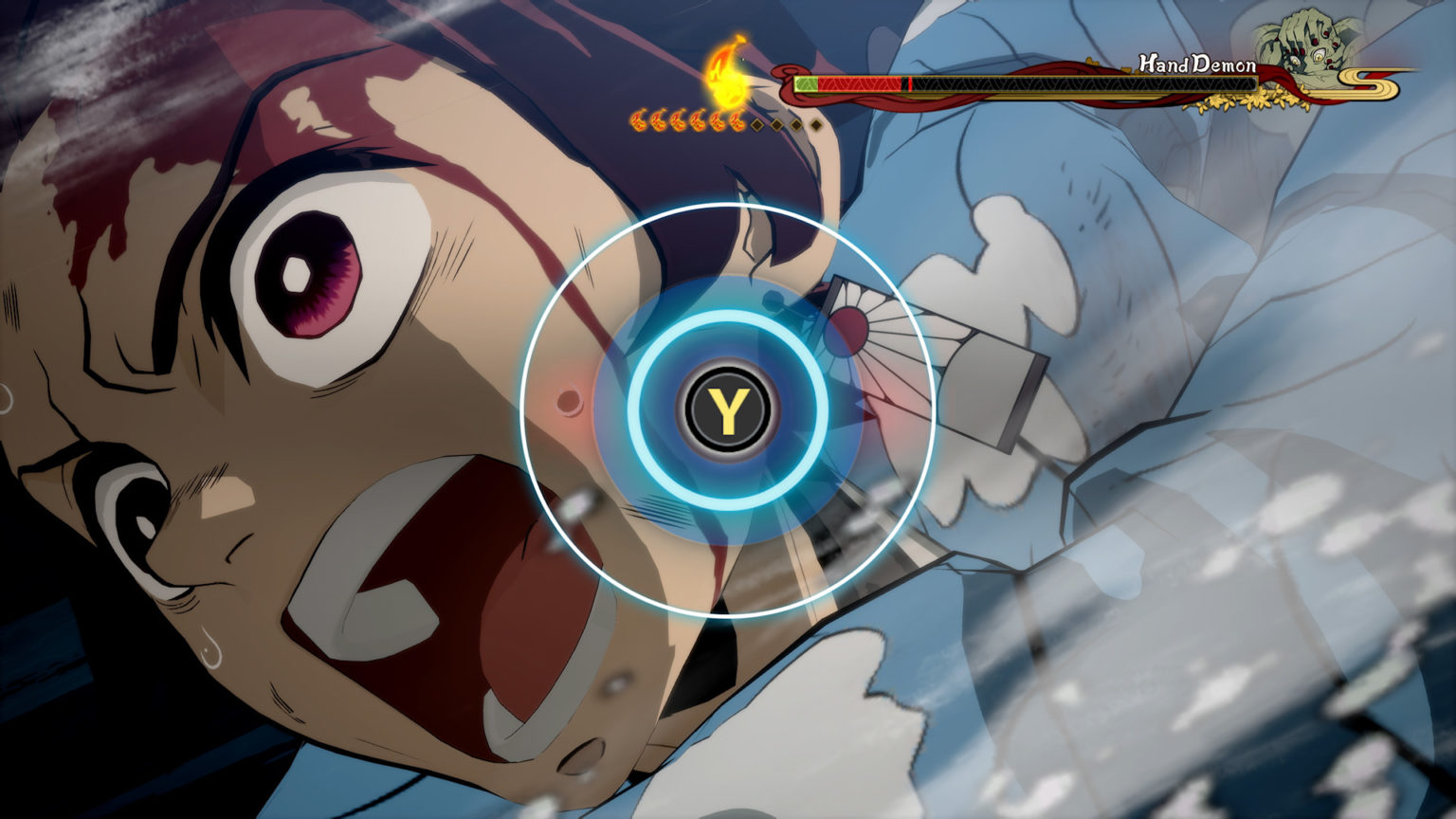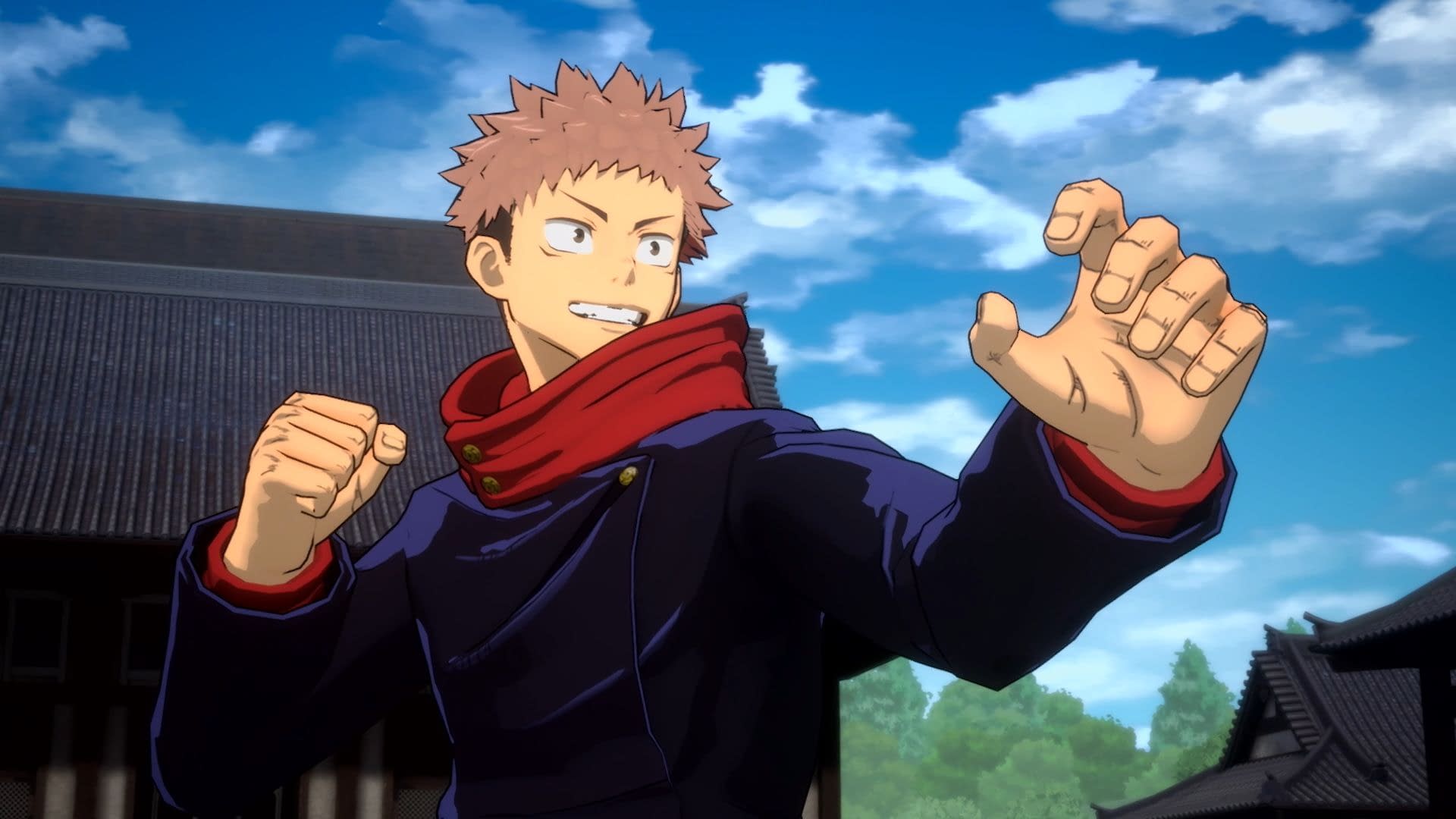Ever since the announcement of Jujutsu Kaisen Cursed Clash, the JJK fighting game set to release in a few months, I've felt compelled to write this article. Since this weekend is Anime NYC (which I, unfortunately, am missing out on this year), I figured now would be a good time as any to talk about anime-fighting games. Specifically, the state in which anime fighters happen to find themselves in for the past decade.
With the exception being Dragon Ball FighterZ, almost every single big-budget anime fighter had been an "arena fighter." I've covered one before, the Demon Slayer fighter, and it was okay. But games like the upcoming JJK fighter, the abysmal Jump Force, Kill La Kill, One Piece, and others have all followed this tried and true formula. The behind-the-back 3D open space fighter is meant to emulate an actual "anime fight."
Toss a dart at a wall while blindfolded and this kind of gameplay will bound to land on a long existing anime IP that would attain this treatment. The reason why Dragon Ball FighterZ is heralded as one of the better anime fighters in recent years despite its traditional 3-vs-3 fighter approach is because it makes every character feel unique. There's a certain level to learning how Gohan differs from Goku versus how a melee character in an anime brawler differs from a zoner. With everything being an arena fighter, it saturates the potential of each character. Tanjiro wouldn't be much different from Nezuko in Demon Slayer because there's not much in the way of a simple formula to change.
But am I being too aggressive towards current anime fighters or am I wearing rose-tinted nostalgia glasses for the older anime fighters? The 2000s was an interesting time for anime fighters as 3D fighters rose in popularity. Games like the Dragon Ball Z Budokai series were some of the first to incorporate large areas of movement, mimicking the fights of the anime as closely as possible. The button commands were simple and universal. One could play Vegeta the same as they could Piccolo and it would be the same combo routes and mechanics. Each character had their own strengths and weaknesses but the allure was playing with a buddy and reenacting key moments in the anime.

Another game that was more traditional in its 2.5D brawler fighter approach was the Naruto Ultimate Ninja series. Nowadays, it's best known as Ultimate Ninja Storm, but once upon a time on the PlayStation 2, these fighting games were 2D. Each level had multiple layers that players could jump to and from while also controlling the flow of combat. It's not so much a "Smash Bros" clone as it's an incredibly dramatized anime fighting game. Perhaps even more so here than in Budokai, most characters play very similar to each other. Picking a favorite character was as easy as learning the basic controls and that was enough to get players engaged.
The way I'm describing the "golden years" of anime fighters is similar to how modern anime fighters are. Each game features very simple mechanics that are easy to follow by fans of the series, yet for some reason, it felt different back then. This was during the time when anime fans were realizing how far ahead manga chapters were in Japan when they aired on cable. Characters that were once "shrouded in mystery" were revealed first in video games before the anime themselves. I remember Naruto Ultimate Ninja 3 being one of the first to make The Fourth Hokage a playable character outside of his existence within the anime.
Nowadays it's common knowledge that he's Naruto's dad and Naruto had excelled in his power in many ways, but in the mid-2000s, we kids ate that up. I even recall the first few Storm games being quite fun, with Storm 2 being my favorite for its insane amount of fan service. It was also the game where Lars Alexandersson from Tekken 6 was a bonus character, a reference that is made in Tekken 8. I don't think that anime fighters have gotten worse or "familiar" over the years, I just think that the same fans who enjoyed anime fighters in the 2000s and even the 2010s are no longer the target audience.
Time is a flat circle and soon the same games that fans of "arena anime fighters" will enjoy, will come across the next trendy fighting game genre style and will moan for better days. In the 90s, traditional 2D sprite-based anime fighters were common and in community-run tournaments across the world, they are still being played and celebrated.
Older generation games can still be enjoyed without immediately declaring the newer ones are dead in the water because of how similar it is to other titles. With that said, I'll try to look at future anime fighters with the same amount of open-mindedness as I am genuinely curious about how many "anime fighters" are just "cookie cutters."

